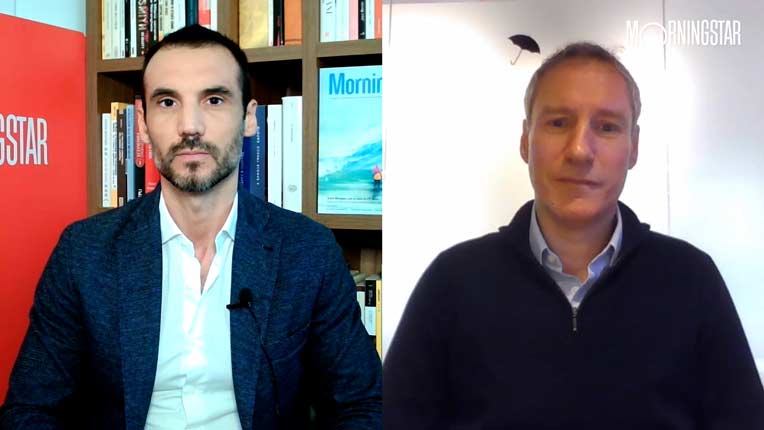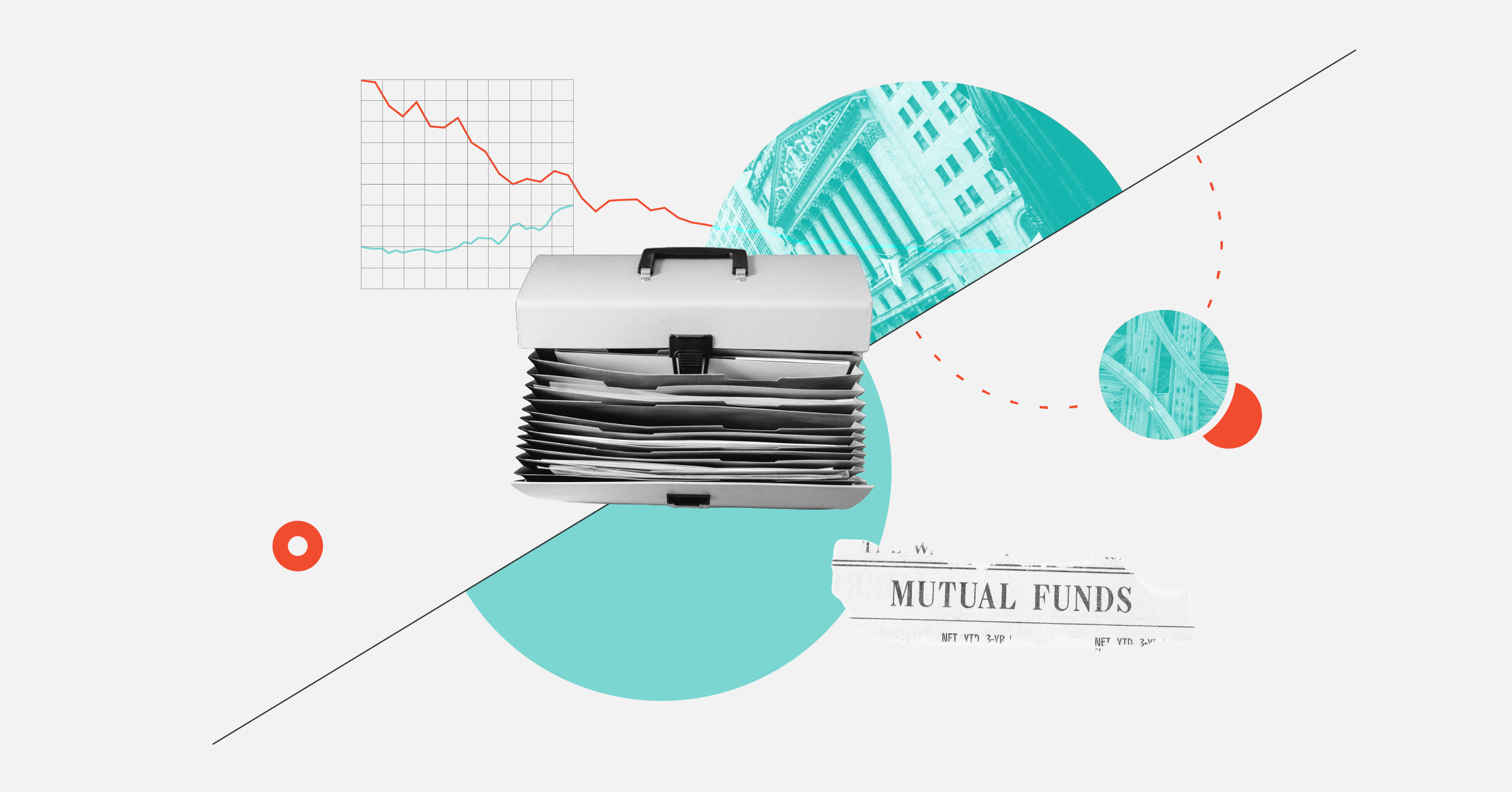
At first glance, a mining, software, and auction company do not have a lot in common. But Constellation Software, Kinross Gold, and RB Global share podium positions for the most expensive Canadian-listed stocks.
For this article, we screened Canadian-listed stocks covered by Morningstar analysts, ranked them based on their price/fair value ratios, and pulled the three most overvalued names.
Constellation Software CSU
The most expensive name on the list is not mining company Kinross, but instead Toronto-based Constellation Software. Over the last 12 months, the stock is up roughly 57%, with a nearly 30% gain in 2024.
Morningstar equity analyst Emma Williams cites three factors behind Constellation’s rally: Ramped-up acquisitions, larger vertical market software deals, and accelerating organic growth. “Like many investors, we view Constellation as a quality company benefiting from high customer switching costs inherent in software, and a remarkable acquisition engine,” she says. “However, at current prices, the firm’s shares screen as highly overvalued on a risk-adjusted basis trading at an eyewatering 104% premium to our valuation. To justify the current market price, Constellation would need to significantly ramp up acquisition spend while maintaining impressive deal.”
Unfortunately, she thinks increasing deal multiples for larger acquisitions will dampen returns. “By contrast, we believe it is more likely than not that Constellation will gradually pay increasing deal multiples for larger acquisitions as the firm seeks to deploy a growing pool of capital.”
Kinross Gold K
The second most expensive stock on the list is Kinross Gold, which is up nearly 50% in 2024 and 77% over the last 12 months. In the background, gold prices are up just shy of 20% this year. “The rising gold price has indeed been a major tailwind, helped by Kinross being relatively higher on the industry cost curve than say Agnico Eagle AEM, meaning it is more leveraged to changes in the gold price,” says Morningstar equity researcher Jon Mills.
Kinross’ strong unit cost performance and margins drive its solid production volumes. Those solid production volumes at Kinross are “likely why shares are trading at a larger 55% premium to fair value,” says Mills.
Mills thinks Kinross “has also been performing well at the operations level – it is on track to meet our 2024 estimate of around 2.05 million gold equivalent ounces, while it is also on track to meet cost guidance.” He says a spot gold price of around US$2,500 per ounce is well above Morningstar’s long-term assumed price of $1,780. That also is likely contributing to the stock’s premium to its fair value.
Lastly, Mills believes higher gold prices have made it possible for Kinross to reduce its debt by around half since the end of 2022. “With two-thirds of its debt maturing within the next three years, this means investors are likely now more confident it can repay or refinance this debt when it falls due.”
RB Global RBA
After a C$7 billion acquisition and the appointment of a new CEO in 2023, auto auction marketplace company RB Global’s stock is up 31% in 2024 and more than 41% over the last 12 months. But now its valuations are stretched.
Morningstar equity researcher Brian Bernard cautions that the firm's increase in service offering's warrants a more conservative outlook than investors may be betting on: “In terms of valuation, I’d say we have a more conservative outlook for growth and margin expansion tied to the firm’s strategic shift to more service offerings, such as financing, parts and service, and appraisal and inspection services.”
Bernard thinks Morningstar is also probably on the more cautious side concerning the impact of RB Global’s 2023 acquisition of digital vehicle marketplace IAA. “Even so, we model sales growing at a 7.4% compound annual rate over the next five years with operating margin over 20% by 2026 - up from roughly 17% in 2024,” he says.
Here’s a closer look at these three stocks.
Constellation Software
- Morningstar Rating: 1 star
- Fair Value Estimate: C$2110.00
- Morningstar Uncertainty Rating: Medium
- Economic Moat: Narrow
“Constellation Software’s business model is akin to that of an investment company, with a specialization in asset-light, cash-generative vertical market software operators. The software niche presents attractive economics, including negative working capital as cash is often received in advance of services being rendered. The firm’s playbook is to identify, acquire, manage, and grow operators via a highly decentralized model with a small corporate office, and six operating groups.
“As Constellation has scaled over time, capital allocation decisions have become increasingly decentralized, with the exception that rare large deals require head office approval. Acquired businesses are run independently, held indefinitely, and Constellation compounds cash flow by redeploying excess cash to acquire additional businesses with incrementally higher rates of return.
“We believe Constellation’s highly decentralized model—where operating managers with vertical market expertise manage day-to-day operations and foster customer relationships— is key to the firm’s success. We expect Constellation to continue a successful and robust capital allocation motion, which has been integral to the firm’s culture since the 1990s. We estimate the firm will grow revenue at a CAGR of 19% over the five years to fiscal 2028, largely driven by about $2 billion of acquisition spending per year.”
Read more of Emma Williams’ research on Constellation here.
Kinross Gold
- Morningstar Rating: 2 stars
- Fair Value Estimate: C$8.00
- Morningstar Uncertainty Rating: High
- Economic Moat: None
“Kinross Gold is a senior gold miner with production split roughly 70% in the Americas and 30% in West Africa. Its Paracatu mine in Brazil and Tasiast mine in Mauritania accounted for about 55% of the roughly 2.2 million gold equivalent ounces produced by Kinross in 2023. Both mines are also in the bottom half of the gold cost curve, but we don’t consider them moat-worthy due to remaining mine lives of about a decade. They are more than offset by Kinross’ remaining higher-cost mines. The company’s average all-in sustaining cost of roughly USD 1,300 per gold equivalent ounce in 2023 places Kinross at around the middle of the gold cost curve. Kinross had about a decade of gold reserves at the end of 2023.
“Kinross expanded its US production with the acquisition of assets from Barrick, which helped the company expand its production in a mining-friendly jurisdiction. Despite its increased production in the US, however, roughly two-thirds of the company’s production in 2023, including Paracutu in Brazil and Tasiast in Mauritania, was from higher sovereign risk locales. Due to Russia’s invasion of Ukraine, Kinross sold Kupol in Russia in 2022, which was one of its largest and lowest-cost mines.”
Read more of Jon Mills’ take on Kinross Gold here.
RB Global
- Morningstar Rating: 1 star
- Fair Value Estimate: C$79.00
- Morningstar Uncertainty Rating: Medium
- Economic Moat: Narrow
“RB Global provides auction and marketplace services for used heavy equipment. The company’s strong auction liquidity attracts both buyers and sellers to its network. We believe RB Global will continue to be the top player in the industrial asset disposition market. The network effects present in its business have consistently delivered higher average selling prices for consignors (or sellers) and provided buyers a wide range of equipment to choose from. For both parties, RB Global drives significant amount of value, which has allowed it to monetize its network effects and develop a strong competitive positioning.
“RB Global’s strategy going forward is to move its business from being primarily transaction based to more solutions based. It has developed digital solutions that range from inventory management solutions for buyers to market intelligence tools for sellers. The company is also pushing to provide more services to customers, such as financing, parts and services, and appraisal and inspection services. While these services have the potential to drive higher profitability, we think it will be challenging to drive adoption rates higher in the near term.
“The company has exposure to attractive tailwinds in the near term. Construction equipment makes up around 20% of the equipment sold through RB Global. In economic upturns, equipment owners often opt to sell their older equipment to buy new. RB Global also benefits when markets are pressured, and asset owners look to increase liquidity through asset disposals (such as bankruptcies). We believe used-equipment supply will continue to loosen in the near term and lead to greater auction liquidity for RB Global.”
Brian Bernard’s commentary on RB Global can be found here.






















